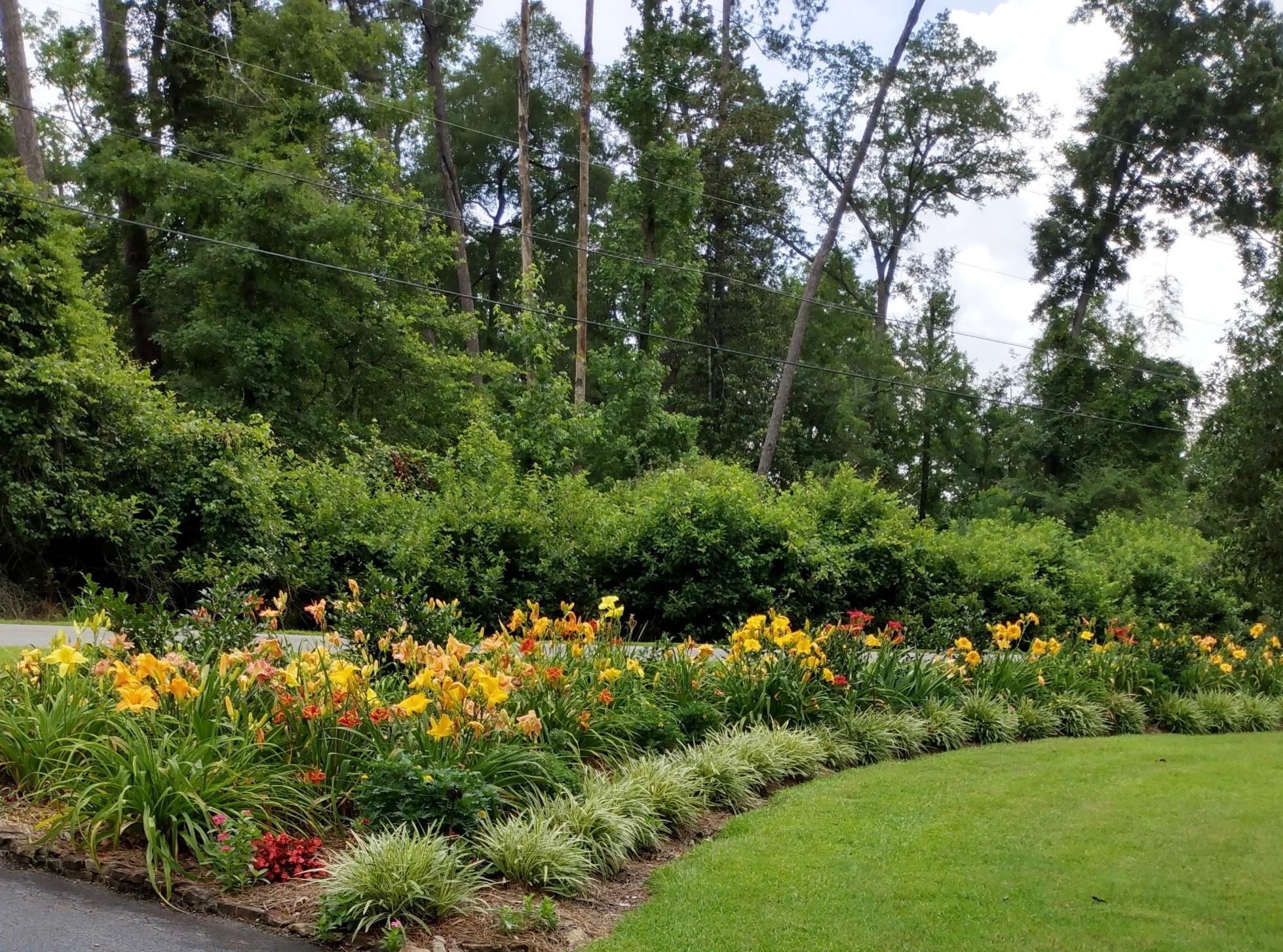Before the Barista: The Layers of 134 W. Lamar Street
Published 12:56 pm Wednesday, January 27, 2021
|
Getting your Trinity Audio player ready...
|
Evan A. Kutzler
In A Sand County Almanac (1948), a classic on environmental conservation, Aldo Leopold eulogized a lighting-struck tree. “It shows 80 growth rings,” he wrote, “hence the seedling from which it originated must have laid its first ring of wood in 1865.” When he sat down to write eighty years after the first ring, Leopold imagined that with each pull of the saw he cut backwards through droughts, ice storms, and stock market crashes. Telling the story of his firewood illustrated to Leopold one way to avoid the “spiritual danger” of assuming “that heat comes from the furnace.” He wanted to show the virtue cutting one’s own wood. “If one has cut, split, hauled, and piled his own good oak,” Leopold assert, “he will remember much about where the heat comes from.”
What if Leopold had been a historian? This story of the tree is a useful allegory for the importance of appreciating both the natural and built environment. There may be a similar spiritual danger in assuming that history comes from a textbook, that buildings are lifeless, or that the past is a commodity and best sold to tourists. If Leopold had written about a building, he might have exchanged the saw for a razor and studied paint layers instead of tree rings. What do we learn if we start pulling back the “layers” of Café Campesino? What was here before? The study of history, like geology or ecology, requires a consideration of the layers as well as relationships the circumstances that created them.
Trending
The Recent Past: 2020 – 1970
This article breaks tradition and, like Leopold’s saw, cuts backwards through time from the familiar to the unfamiliar. Café Campesino, the building’s living layer, is more than a coffee shop. It represents the success of Cooperative Coffees, a “fair trade, organic purchasing cooperative for green coffee beans” that creates fair and sustainable relationships with coffee farmers. It is a study hall, a breakfast club, and a meeting space. One can sit at Café Campesino and, as the regulars pass through, begin to get a sense of the relationship between one business and its local community. “We’d love to stay on the boat longer,” Amanda once told our friends on Lake Sinclair, “but Evan and I have to get back to Americus. Our local coffee shop is having a birthday party.”
Buildings, like Leopold’s oak, have layers that result from life and time. Unlike the oak’s rings, though, a building’s layers are not tied to an annual cycle. They come as new paint, occupants, demolitions, and additions. Some layers are invisible. Sometimes they’re gentle and sometimes they’re destructive. Café Campesino is only the top layer of the building’s history. In recent decades, 134 W. Lamar Street has been clothing stores with names like Blu Boutique and Sakari & Balo Boutique. Before then, it was Lollipop Kids, a children’s clothing store that sold ice cream and cakes. In 2005, Mark Minick put two apartments into the second floor, giving new use to what had been storage for decades.
Before the clothing stores and the bakery, the downstairs was a Hallmark card and gift shop from the 1970s to the 1990s. Hope Henderson recalls cash registers on the front stage near the door, a wrapping counter, and a children’s corner in the window with puzzles and games. Corporate officials never really understood why Americus franchisee did not conform to the company’s naming guidelines. “They would call and ask us to change it from Iona Hallmark Shoppe to Iona’s Hallmark Shoppe,” Henderson tells me. “My mother would explain, again, how the name was intentional. It’s pronounced, ‘I-own-a Hallmark.'” When the Hendersons sold the store in the 1980s, it continued as Joy’s Hallmark Shoppe into the 1990s.
Iona Hallmark came to Americus during a period of great change in the city. The allure of local strip malls pulled many local businesses and offices away from the historic downtown and toward the new neighborhoods beyond the city limits. The Windsor Hotel sat empty except for a healthy population of long-term residents—pigeons. Hallmark, a landmark for more than a decade, replaced at least two thin layers: Wig World and a men’s clothing store, Mister D.
The Middle Years: 1970 – 1930
Trending
Fifty years may—or may not—feel like a long time to an individual person. For 134 W. Lamar Street it doesn’t even take us back to the marble façade added in 1945 with the arrival of the Diana Shop. The women’s clothing chain started in Valdosta, Georgia, in 1938, and by 1947 it had 74 stores in cities from Florida to Indiana. When a Diana Shop opened in Bedford, Indiana, the local paper described the stores as “modern in design and air conditioned in an effort to provide comfort and convenience to patrons.” The building was still a Diana Shop when Civil Rights activists staged sit-ins across the intersection at the Walgreens soda fountain in the 1960s.
To go back further, we must remove the façade that changed the exterior appearance in the 1940s. Pulling off the mid-century marble reveals three windows matching the style of the original windows on the side facing Jackson Street. It looked this way when 134 W. Lamar Street served at Georgia Power’s office during the 1930s. A passerby during the Great Depression—by foot, mule, street car, or automobile—might have looked at the building and thought about the arrival of rural electrification or the company salespersons who sold electric appliances in rural areas.
The Early History 1930 – 1885
A century ago, before the boutiques, the chains, and the power company, 134 W Lamar Street served Americus as the second of two bookstores on that corner. In the 1920s and 1910s, it was Hightower’s Bookstore, but it sold a lot more than books. When children wrote to Santa in the 1910s and 20s, they often listed specific toys at Hightower’s Bookstore that they had seen in the store of read in the Americus Times-Recorder. In 1924, a $10,000 remodeling project added plate glass to the front windows and lengthened the back of the building by fifteen feet. Hightower’s replaced Holliday’s Bookstore, which opened about 1902 after a heavy remodeling that lengthened the building and added a second story.
Holliday’s Bookstore had a lasting effect on the circulation of photographs of Americus. Most of the postcards of Americus circulating today were first mass printed and sold out of the bookstore. A painted Holliday’s sign advertising books, stationary, and office supplies survives on the interior wall of the adjacent building completed in 1907. The new building covered but did not efface the bookstore’s wall; in fact, it needed the corner building for structural stability.
Holliday’s Bookstore sign, ca. 1905, courtesy of Kirk Lyman-Barner.
Detail of postcard showing Holliday’s Corner, ca. 1910.
Distant layers, like very recent ones, can be hard to pin down. It is not clear, for instance, whether the 1902 expansion saved anything from the original brick building. The bookstore replaced a one-story meat market that sat on the corner for nearly two decades. Some years it had a restaurant on the side. Si Hawkins advertised opening his “meat market” in November 1882. “If you want steak or roast that will make you feel like a new being,” he boasted, “give the new firm a call this morning. Si will serve you well, as he does all his customers.”
Time Immemorial
Studying the layers of a building is one way to acknowledge the richness of the past. A simple but important corner building can have a long and complicated chronology. One might press further into layers before the meat market. The history of corner did not begin with the butcher in 1885 just as it did not begin with the barista in 2020. Located across the street from the public square and the first court house, a hotel stood at the corner of Jackson and Lamar until about 1875. At that time, it had been referred to as “the old hotel” for years and was considered “one of our town’s oldest landmarks.”
While the hotel came down 145 years ago, the corner has been a witness to changes from the 1830s to the twenty-first century. Like the “rabbit negligence” or “rabbit scarcity” that Leopold attributed to the survival of his oak as an acorn and a seedling, the history of the corner offers a preface to the building that currently houses Café Campesino and upstairs apartments.
Even the history of Americus, of course, isn’t the bottom layer. In the 1820s, before Americus was a place name, a Muscogee trade route paralleled Aumuculle Creek. The modern streets of Lee, Hancock, and Jackson this winding route. And from there the layers the high ground near a water course—the sort of place that would be good for human habitation—continue in reverse into the past.





